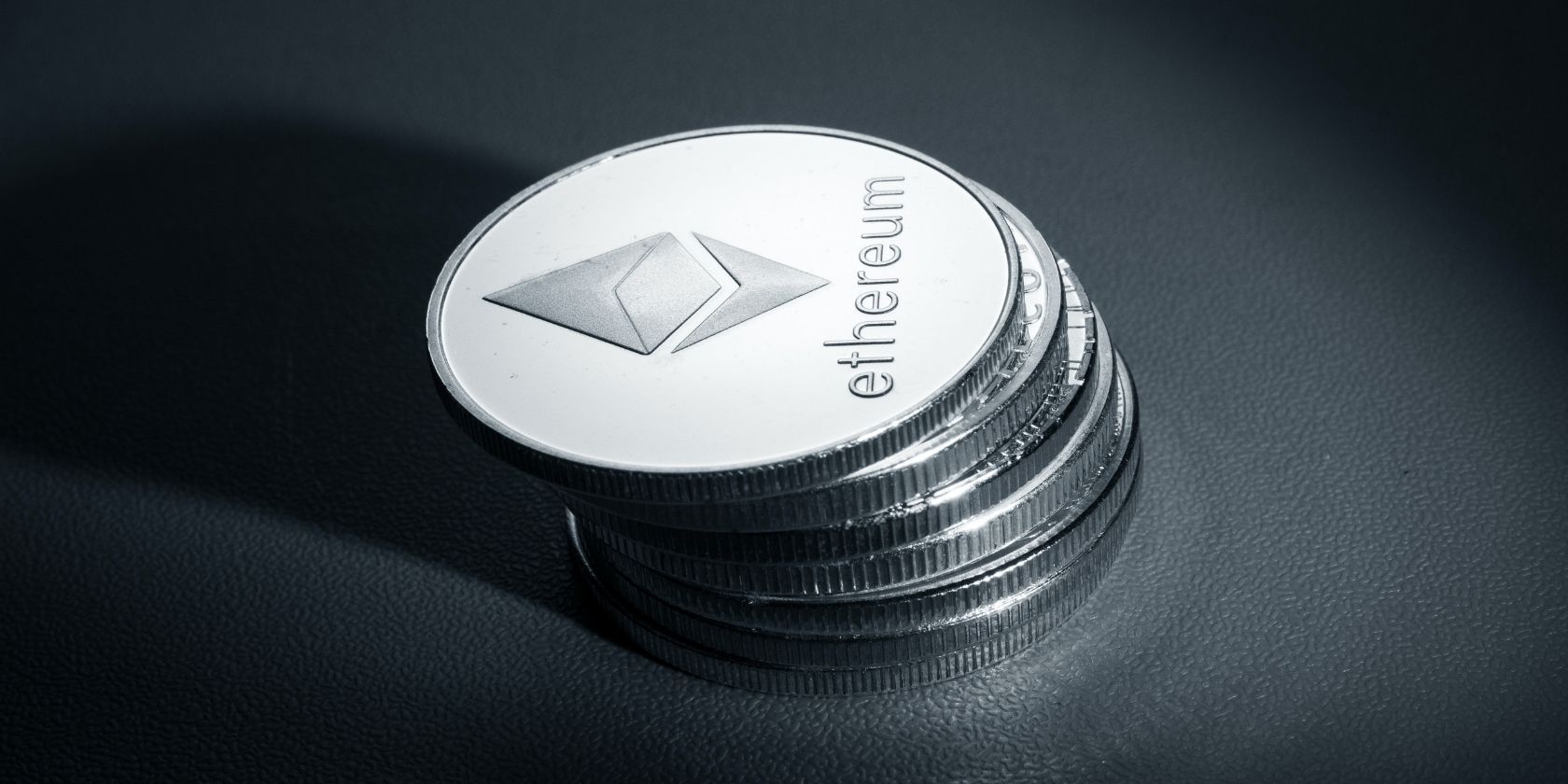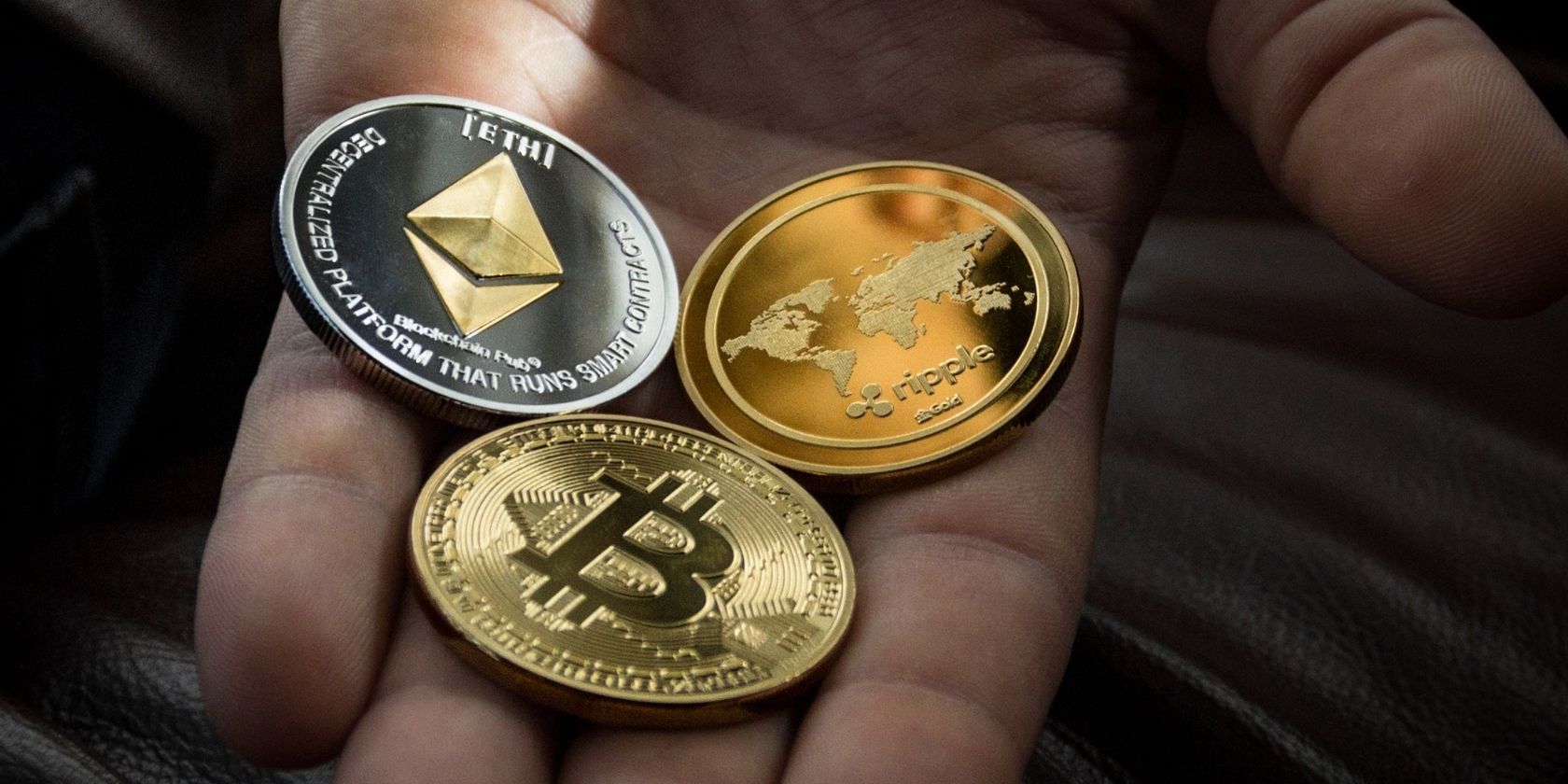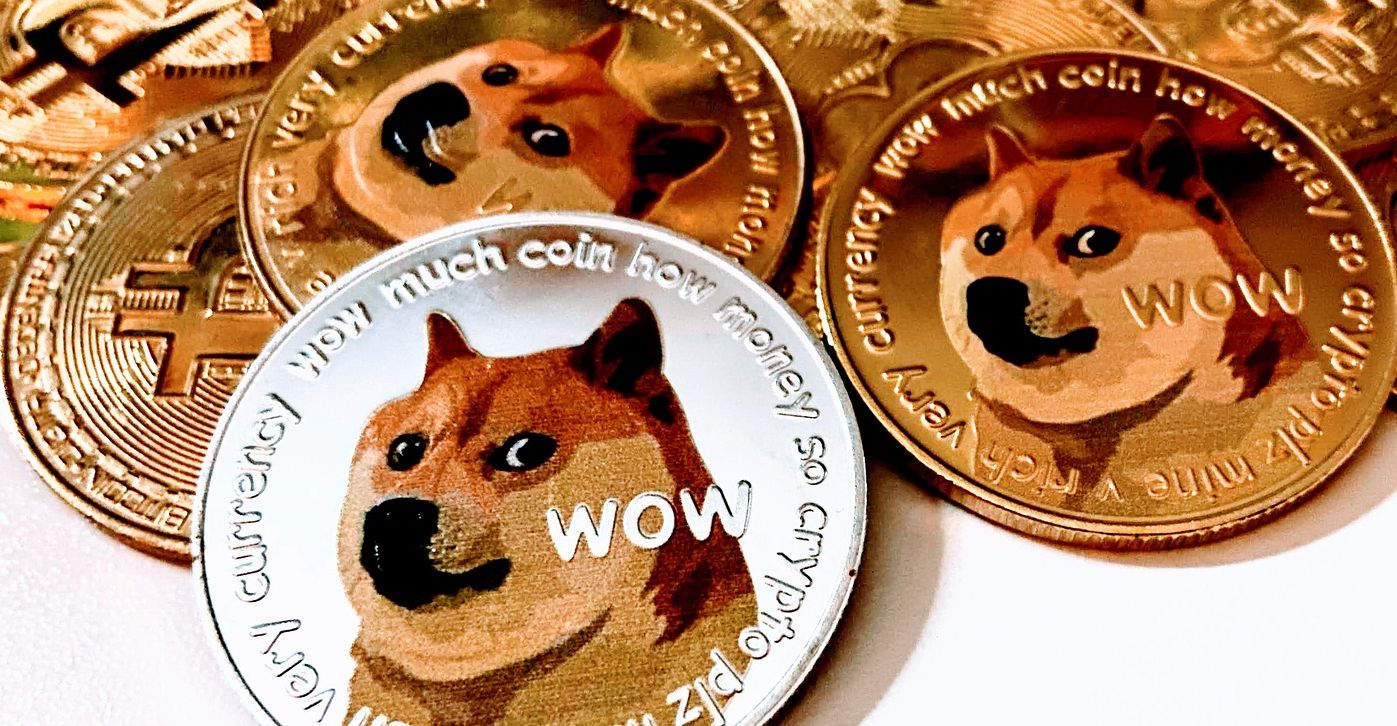The cryptocurrency world has so many different elements to it that it can often be hard to keep up. For example, some cryptos are tokens, some are coins, some cryptos can be staked, others can't, and some cryptos have supply limits while others do not.
But why exactly is this? Why are certain cryptos endlessly available while others are about to reach their supply cap?
What Is a Supply Cap?
If you're not sure what a supply cap is, we'll break it down quickly before going any further.
In short, a supply cap determines how many tokens or coins of any given cryptocurrency can ever be put into circulation. For example, Bitcoin's supply cap stands at 21 million coins, meaning that once this limit is reached, no further Bitcoins can be mined. Bitcoin's founder designed it in this way to mimic the value of gold, a precious but finite resource.
Some popular cryptos like Bitcoin, Cardano, and Ripple, have varying supply limits, while many cryptos have no limit at all, meaning their supply is infinite. But what is the point of giving a crypto no supply cap, and how can any crypto maintain value if there is no end to its availability?
Why Do Some Cryptos Have an Infinite Supply?
Most cryptos have an infinite supply, but why exactly is this? Well, for starters, supply limits can be just that, limiting. Today, the crypto mining industry is absolutely huge, with some individuals making a living from mining alone. So, if a cryptocurrency can never run out, it can always be mined. In fact, it's mostly miners who want to see Bitcoin's supply limit increase to never have to stop mining (though it's highly unlikely that this proposed increase will ever happen).
On top of this, it's important to remember that not all cryptocurrencies are the same. Different coins and tokens have different uses and purposes, which goes into consideration when their code is being designed. Let's look at Ethereum as an example of a coin with an infinite supply.
Today, there are over 120,000,000 ETH in circulation. Though its yearly supply is capped at 18,000,000, there is no end to how many ETH can be mined over time. While Ethereum does have monetary value and can be bought or sold like any other crypto, it isn't just a store-of-value coin like Bitcoin, meaning its value doesn't need to be finite. So, why is this?
Ethereum has a vast and diverse blockchain on which any number of decentralized projects can be built. New tokens, NFTs, and DeFi services are being created on Ethereum's blockchain every day, and it currently stands as the most popular blockchain out there. On this blockchain, Ethereum can be used to pay gas fees and other transactional fees, giving the coin value within the network.
There are also a lot of stablecoins (or coins that are pegged to a real-world asset) that have an infinite supply. Take USD Coin (or USDC), for example. This cryptocurrency's value is pegged to the U.S dollar. It is circulated on demand and cannot be mined.
Because public demand determines USDC's supply, it has no limit. Like the U.S dollar itself, it theoretically can be created an infinite number of times, and its ever-increasing popularity means that there's no telling how many total coins will be in circulation. These different breeds of cryptocurrency often determine whether a supply cap exists or not.
Crypto Supply Limits Are There for a Reason
When a crypto is being created, every developer considers the supply cap and how it will affect their crypto's value, properties, and overall future in the market. Therefore, when you notice that any given crypto does, or doesn't have a supply limit, keep in mind that there's probably a reason why this is the case.



